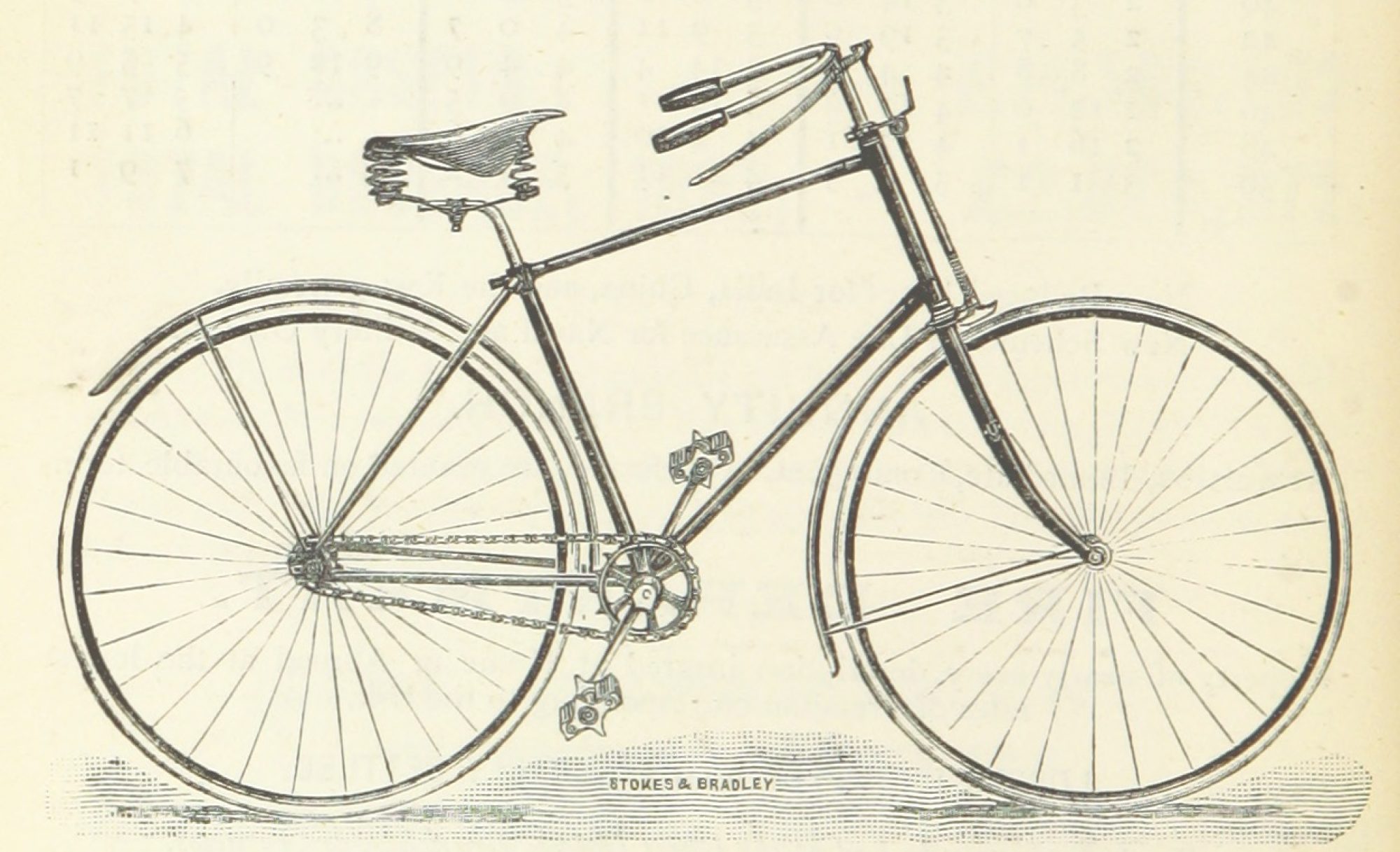by Jade Mejia

In my interview with Nadia Dixson, the City of Somerville’s archivist, we had an illuminating conversation on advocacy and the many ways it can be expressed. During our conversation we went over three main points: 1.) What her institution does and who they serve 2.) What her position entails and who she serves (3. How she feels her advocacy and outreach translates into her work, and what advocacy and outreach means to her as a city archivist.
As the city’s website states, “The primary purpose of the City of Somerville Archive is to maintain the permanent records created by city employees, elected officials and boards and committees in the course of their work,” so it makes sense that Dixson’s priority patrons are city employees. However, she also made the comment that “history has intrinsic value to government” that
the archives can support. In our discussion she told me that her primary goal was to serve city internal departments, specifically the law office and grant office because those are two offices that deal with long term institutional memory, which the archives are readily available to help with given their collection policy. What I gleaned from our conversation is that an important
part of Dixson’s position, which I feel is a largely overlooked part of advocacy work in archives, is showing non-users how they can use and engage with the archives, which will create, as Dixson said, more allies/collaborators.
What really struck me during our interview was our discussion on outreach and advocacy, and the fact that advocacy can be the archivist advocating for the archives. When Dixson stated, “You absolutely do want to be available to advocate for the communities that you support, but if the archives doesn’t exist it can’t do it, ”,it hit me that I was looking at this from such a limited one-way idea of what advocacy is and what it should look like. Dixson reminded me that advocacy can also come in the form of self-advocacy. Once you have created this network of departments and supporters you will be able to gain a lot more motion in projects and collaborative efforts. And by framing the projects as the archives helping a department document their history, it can establish the support network and will, hopefully, help the archives
gain more opportunities to collaborate with other departments that might have seen the previously completed project.
I am very grateful for the chance to have spoken with Dixson, she gave me new ideas on advocacy, and gave great insight on how creating collaborations and networks with users. It is a fantastic way to showcase the archive and what you can provide a multitude of users, while also fulfilling the mission and goal of the archive.
Further reading:
Brett, Jeremy, and Jasmine Jones. ” Persuasion, Promotion, Perception: Untangling Archivists’ Understanding of Advocacy and Outreach. ” Provenance, Journal of the Society of Georgia Archivists 31, no. 1 (2013): 11.
Grabowski, John. ” Keepers, users, and funders: building an awareness of archival value. ” The American Archivist 55, no. 3 (1992): 464-472.
Finch, Elsie Freeman. ” Archival Advocacy: Reflections on Myths and Realities. ” Archival Issues (1995): 115-127.
Here is the link to a tool kit that lists archival advocacy efforts:
